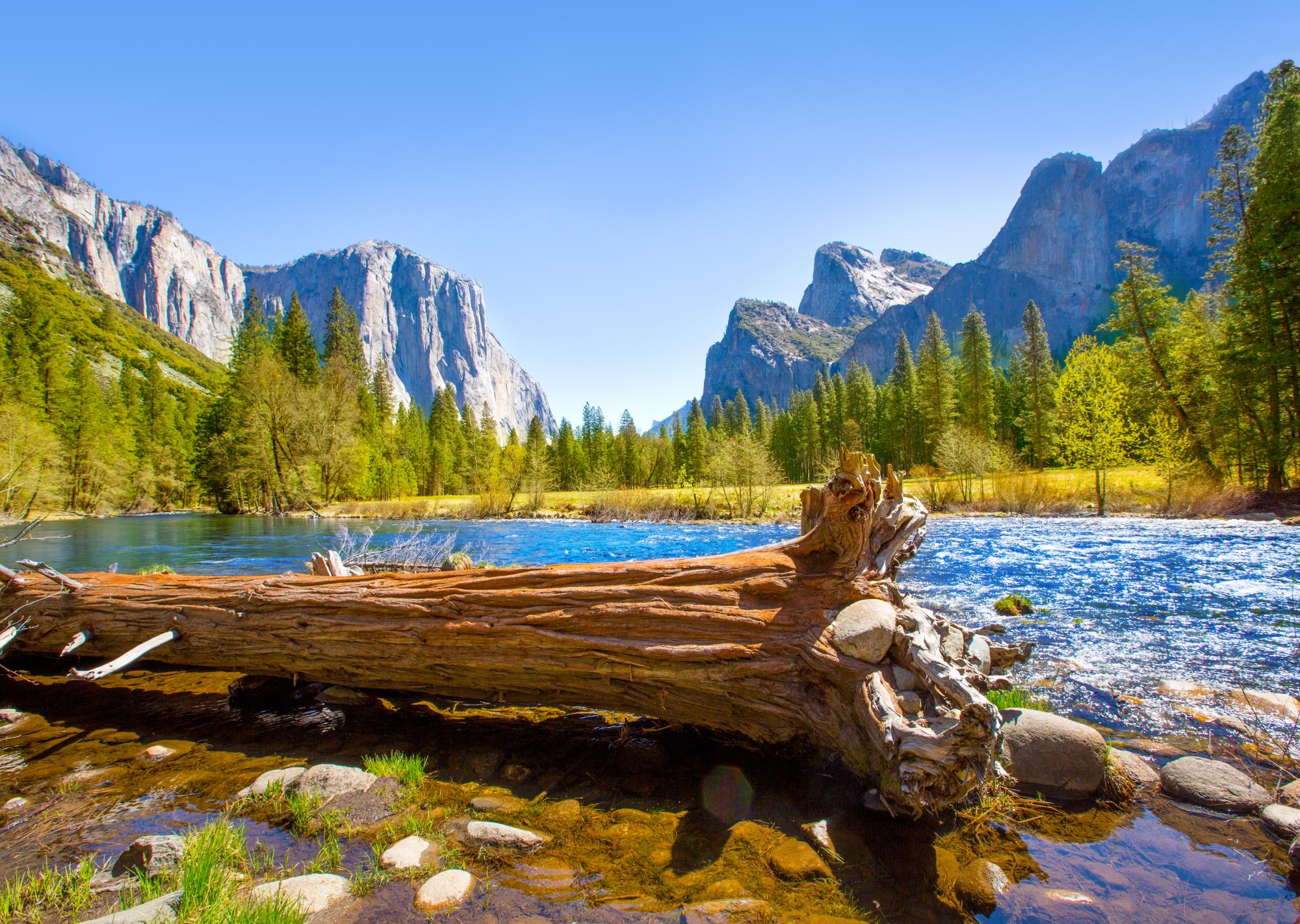The Majesty of Yosemite
Yosemite National Park is often described as one of nature’s most breathtaking masterpieces, boasting awe-inspiring granite cliffs, cascading waterfalls, and ancient sequoias that tell stories of resilience and time. With over four million visitors annually, it’s no wonder that this California treasure continues to attract nature enthusiasts from all corners of the globe. However, this sheer beauty belies an urgent conversation about the park’s future and the sustainability of its delicate ecosystems.
The Strain of Popularity
As reported by the National Park Service, visitor numbers have surged by nearly 30% over the last decade. While many celebrate this interest in the great outdoors, it brings significant challenges that cannot be ignored. From increased waste and traffic congestion to the delicate flora and fauna, Yosemite is feeling the pressure. A recent survey conducted by the Yosemite Conservancy revealed that 75% of respondents expressed concern over the impact of visitor traffic on the park’s environment.
Conservation Efforts Underway
Local organizations, alongside national initiatives, are stepping up to address these challenges. The Yosemite Conservancy, which has funded over $30 million in preservation projects since its inception, is focused on restoring trails, maintaining natural habitats, and educating visitors on responsible tourism practices. As their Executive Director, Sarah Blank, stated, “The majesty of Yosemite is a communal treasure that we must protect; it’s not just about protecting the park, but the legacy of nature for generations to come.” This sentiment resonates deeply with conservationists and locals alike, as they traverse the fine line between accessibility and preservation.
The Role of Technology
Interestingly, technology has emerged as a double-edged sword in the battle for conservation. On one hand, mobile apps and online resources can guide visitors to less-frequented areas of the park, fostering a more sustainable approach to tourism. On the other hand, the ease of obtaining reservations and the allure of social media can lead to overcrowding in pristine locations such as Glacier Point and Mariposa Grove. The National Park Service’s recent introduction of a timed-entry system aims to alleviate these pressures, providing a controlled influx of visitors while promoting lesser-known trails.
Voices from Social Media
Public sentiment regarding these measures has been mixed. A recent Twitter poll conducted by the nonprofit organisation Friends of Yosemite indicated that 60% of respondents support crowd control measures, asserting that preserving the park’s ecosystem is paramount. Yet, others feel that imposing restrictions might detract from the spontaneity of enjoying the park, leading to a growing divide among outdoor enthusiasts.
Looking Ahead
As Yosemite National Park stands at a crossroads, it is imperative that all stakeholders—including government bodies, conservation groups, and visitors—come together to forge a path that marries the need for enjoyment with the necessity of conservation. The stakes are high; protecting this natural wonder not only preserves its beauty but ensures that future generations can also marvel at its magnificence. Yosemite, with its diverse ecosystems and irreplaceable beauty, serves as a powerful reminder of the balance we must strive to maintain in our world. The decisions we make today will undoubtedly shape the legacy of this national park for years to come.
